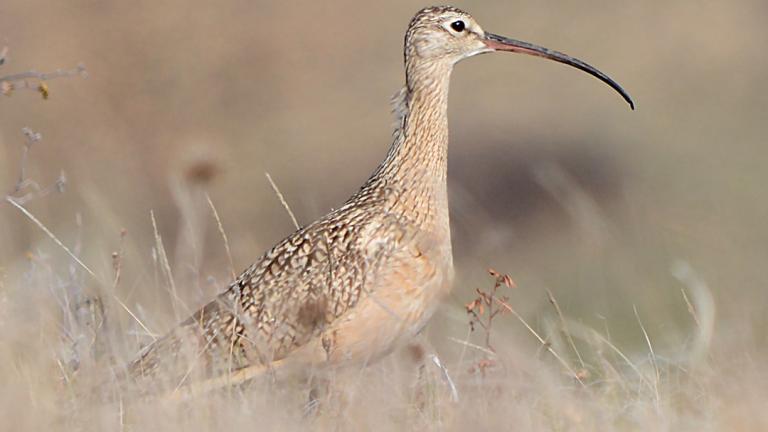Long-billed curlews are one of the 13 shorebird species known to nest in North Dakota. Learn more about these neat little birds here.


Wildlife Notes
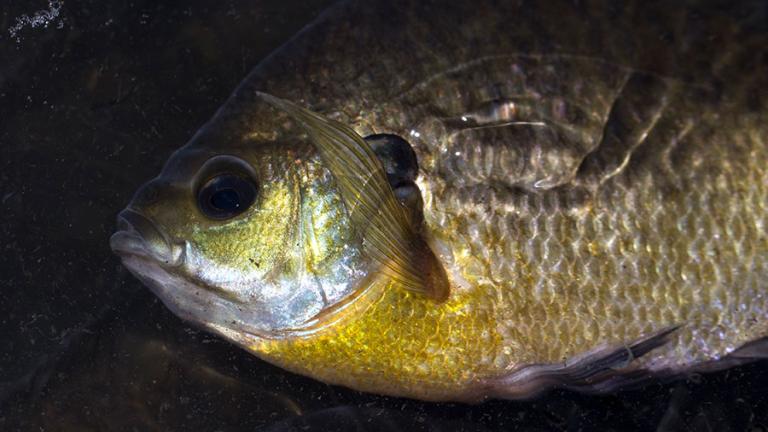
Bluegill Spawn
Bluegill spawn late May and June when water temperatures near 22 C (71.6F). Large males build nests in colonies where they spawn and protect eggs. Some smaller males will mimic females to fertilize eggs instead of nest building and defense.
Read Full Article: Bluegill Spawn
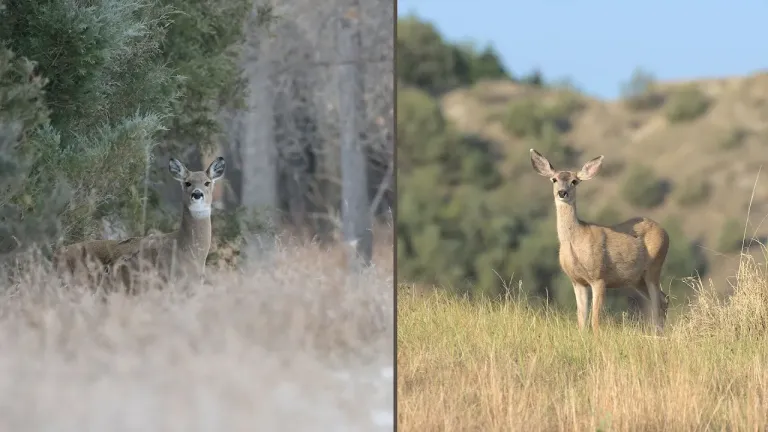
North Dakota Deer Species
North Dakota is home to two deer species, whitetail and mule deer. Learn more about their similarities and differences in this video.
Read Full Article: Watch North Dakota Deer Species
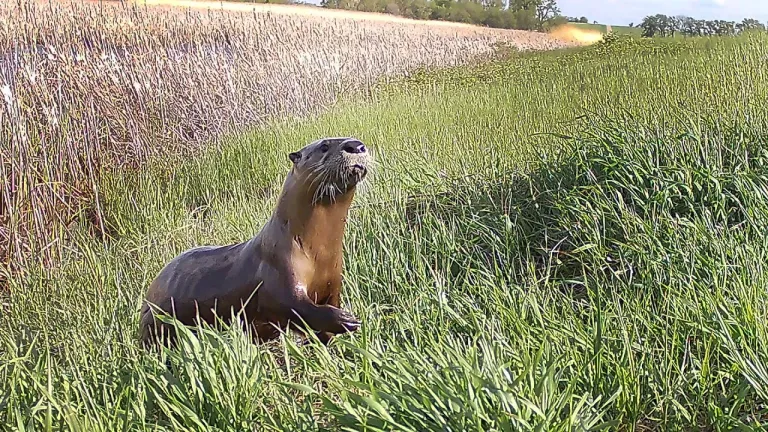
River Otters in North Dakota
River otters can be found in certain river corridors in North Dakota. Learn more about this species in this short video.
Read Full Article: Watch River Otters
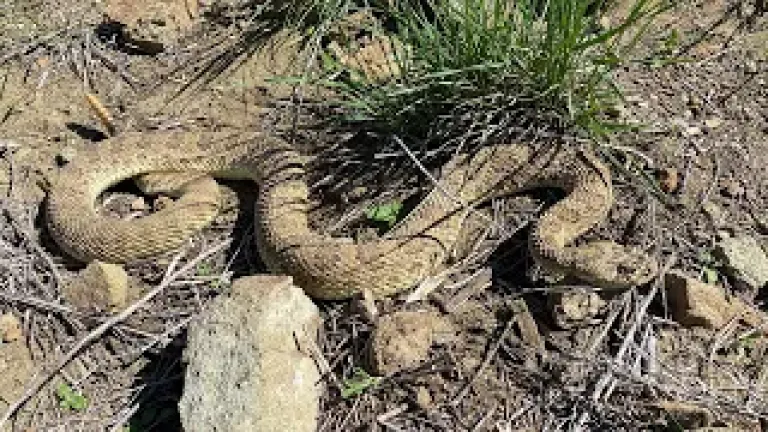
Prairie Rattlesnakes
Contrary to popular rumor, there are prairie rattlesnakes east of the Missouri River in North Dakota. Learn about one population in this video.
Read Full Article: Rattlesnakes in North Dakota

Yucca Moths
Did you know that yucca moths are the yucca plant's only pollinator? Learn more here!
Read Full Article: Yucca Moths
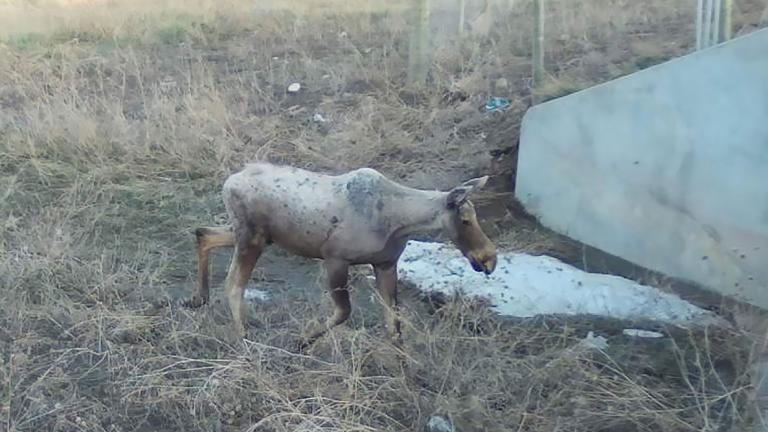
Winter Ticks and Moose
Stories about ghost moose are being told with increased frequency across the southern portion of moose range in North America. Winter ticks are the cause.
Read Full Article: Winter Ticks and Moose
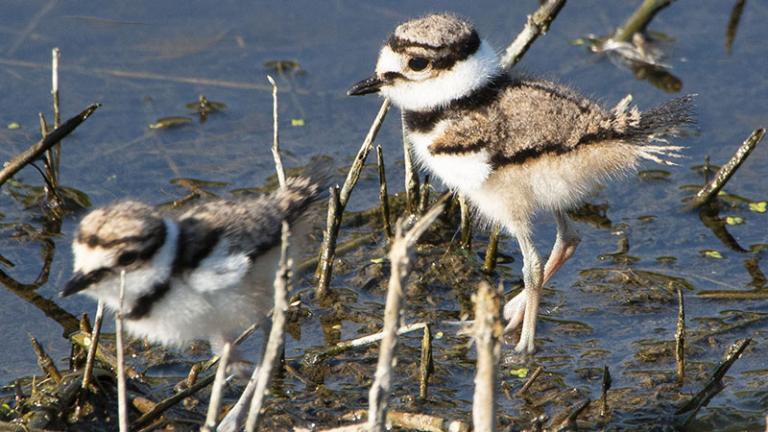
Newly Hatched Killdeer Chicks
Newly hatched killdeer chicks, while not the most graceful of creatures, are arguably one of the most adorable. These chicks were filmed in a gravel area right outside of one of the Department's offices.
Read Full Article: Newly Hatched Killdeer Chicks
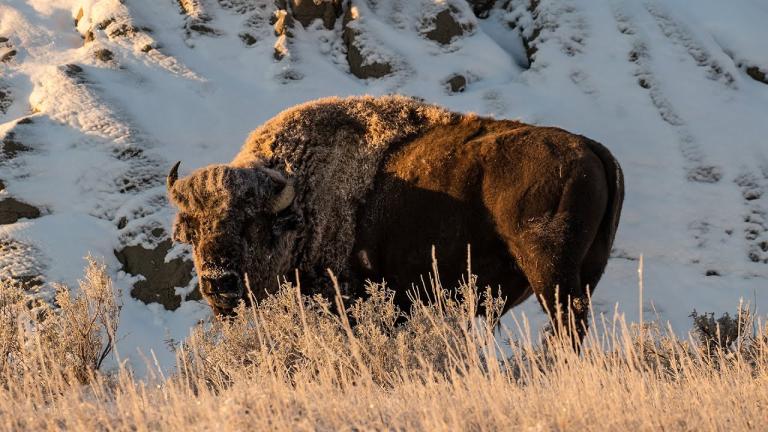
Bison in North Dakota
Watch this short video for some facts on bison in North Dakota.
Read Full Article: Bison in North Dakota
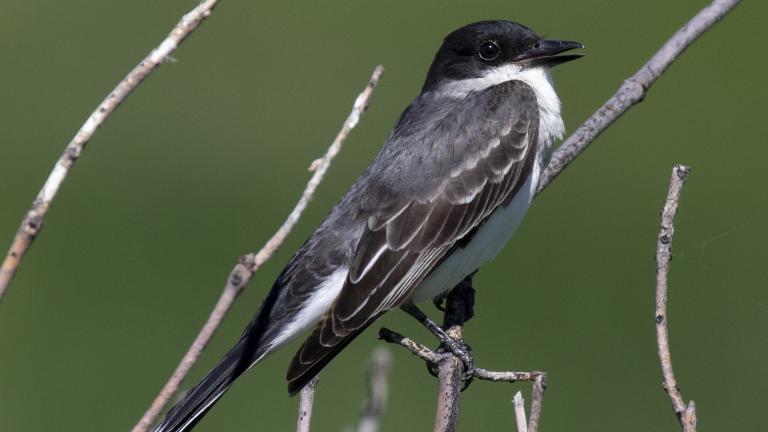
Eastern Kingbird and Chitin Pellets
Eastern kingbirds (Tyrannus tyrannus), which can be found across North Dakota in the summer, feed primarily on insects during the breeding season. Like owls and some other birds, eastern kingbirds regurgitate pellets of indigestible prey parts, in this case insect chitin. Here is a series of photographs demonstrating this behavior (because we knew everyone would appreciate this visual to start your day out right!)
Read Full Article: Eastern Kingbird and Chitin Pellets
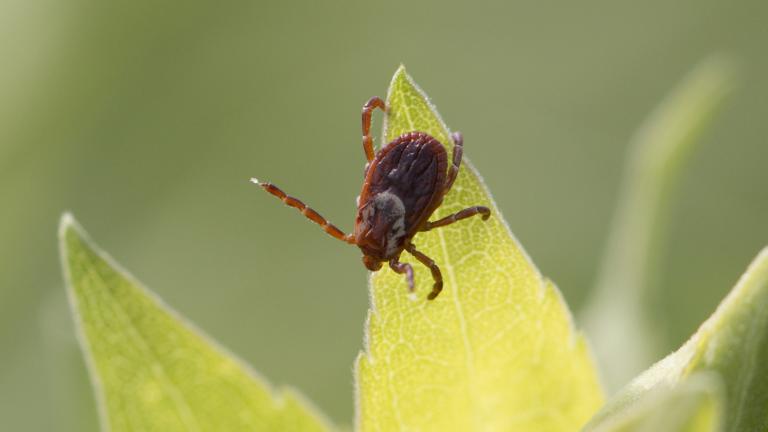
Ticks
Ticks sit on the tips of vegetation with legs outstretched waiting for dinner to wander by. Learn more about one of North Dakota's least favorite insects here.
Read Full Article: Ticks
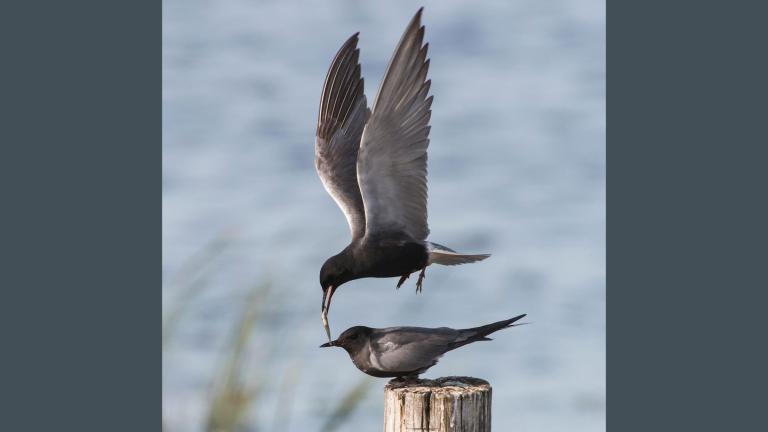
Black Tern Fish Flight
Read Full Article: Black Tern Fish Flight

American Coots in North Dakota
American coots are a fairly common water bird in North Dakota. Check out this short video to learn more.
Read Full Article: American Coots in North Dakota
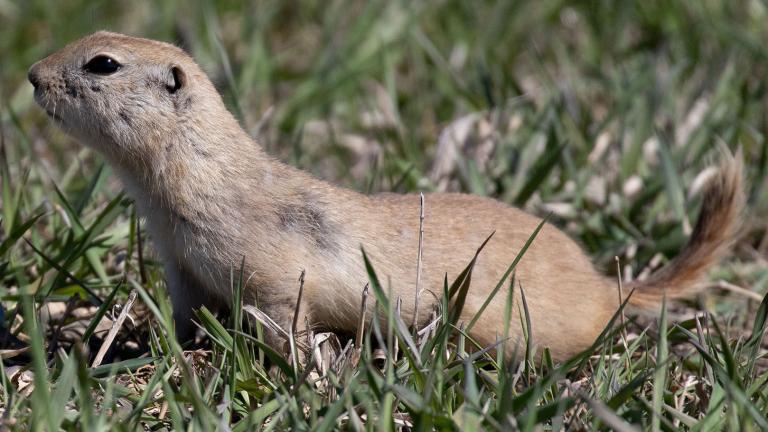
North Dakota Ground Squirrels
So is that ground squirrel you see in the North Dakota countryside a Flickertail or a Franklin's?
Read Full Article: North Dakota Ground Squirrels
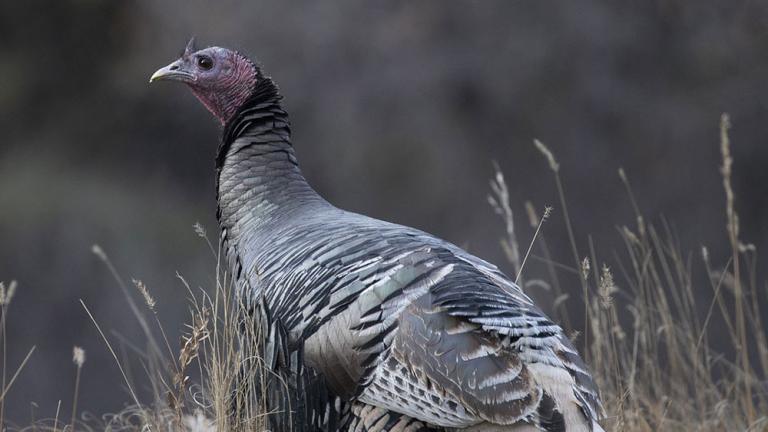
Wild Turkey in North Dakota
Wild turkey, a popular upland game species in North Dakota, are not native to the state. Learn more in this Wildlife Notes post.
Read Full Article: Wild Turkey in North Dakota

Ten-Petal Blazing Star
If you want to see one of the state’s most impressive wildflowers in full bloom, you need to know not only where to look, but when.
Read Full Article: Ten-Petal Blazing Star
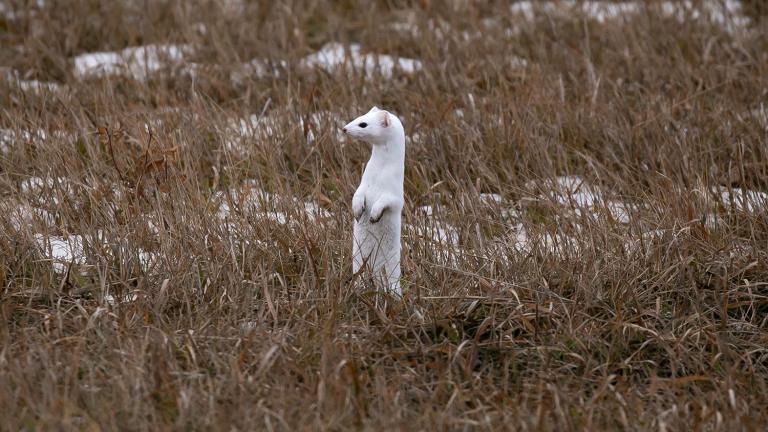
Winter Camouflage
Did you know that North Dakota's two hare (white-tailed jackrabbits and snowshoe hares) and three weasel (long-tailed, short-tailed and least) species turn white in the winter.
Read Full Article: Winter Camouflage

How much wood can a woodchuck chuck
So, how much wood would a woodchuck chuck if a woodchuck could chuck wood? Well, a New York state wildlife expert, Richard Thomas, decided to answer that question some years back.
Read Full Article: Learn how much wood a woodchuck can chuck

Badger
Badgers are found statewide in North Dakota. Find out more about this hard-digging furbearer in this segment of North Dakota Outdoors.
Read Full Article: Badger

Bighorn Sheep Clash
This clash of bighorn sheep was observed in the north unit of Theodore Roosevelt National Park in the fall of 2019. It was an epic battle, but in the end, no clear winner emerged...
Read Full Article: View Bighorn Sheep Clash

Painted Turtle Gender Determination
Did you know that temperature influences the gender of painted turtles in the egg? If the temperature of egg incubation is around 78 degrees F, then the hatchlings will be male. If it is around 86 degrees F they will be females. For temperatures between 78 and 86 F they could be either.
Read Full Article: Painted Turtle Gender Determination

Two-Headed Deer Fetus
Read Full Article: Read about the two-headed deer fetus

A Look at Bird Legs
Did you know that birds stand on their toes rather than their feet? Learn more in this Wildlife Notes post.
Read Full Article: A Look at Bird Legs

Sharp-Tailed Grouse Lek
Arguably one of North Dakota's more entertaining upland game species is the sharp-tailed grouse. In the spring these grouse can be found on leks (dancing grounds) where males display to attract mates.
Read Full Article: Watch Lek Video

Lowhead Dam Dangers
Lowhead dams can be great locations for fishing, but they can also present real safety hazards. Find out more in this short video from a 2018 North Dakota Outdoors program.
Read Full Article: Lowhead Dam Dangers

Softshell Turtles in North Dakota
Spiny and smooth softshell turtles can be found in the southern portions of the Missouri River System in North Dakota.
Read Full Article: Softshell Turtles in North Dakota

Snapping Turtles
Snapping turtles are common throughout North Dakota. These big turtles can live 40-50 years or more in the wild and can grow to around 65 pounds (though most are in the 10-35 pound range).
Read Full Article: Learn more about snapping turtles

Porcupine Fur
Did you know that porcupines have three types of fur? Learn more in this Wildlife Note post.
Read Full Article: Porcupine Fur

